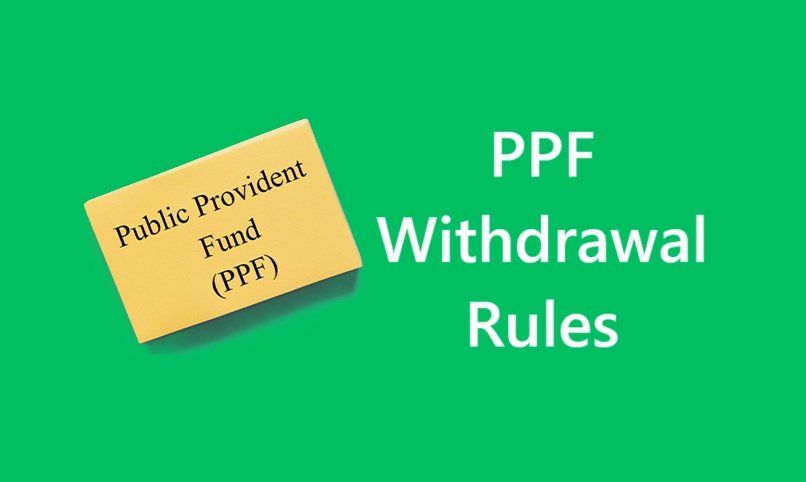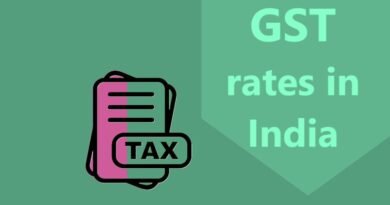
PPF Withdrawal Rules: What You Need to Know
The Public Provident Fund (PPF) is one of the most popular long-term savings schemes in India, known for its tax benefits, risk-free returns, and government backing. While the primary aim of the PPF is to encourage long-term financial discipline, understanding the withdrawal rules is crucial for managing liquidity needs without compromising your financial goals. Here, we break down the key aspects of PPF withdrawal rules to help you make informed decisions.
Overview of PPF Account
The PPF scheme was introduced under the Public Provident Fund Act of 1968 and is currently governed by the Ministry of Finance. It allows individuals to invest as little as ₵500 and up to ₵1.5 lakh per financial year. The account has a tenure of 15 years, and the contributions made are eligible for tax deductions under Section 80C of the Income Tax Act. Additionally, the interest earned and the maturity amount are completely tax-free, making it an attractive option for investors.
Withdrawal Options in a PPF Account
1. Partial Withdrawals
Partial withdrawals from a PPF account are permitted from the 7th financial year onwards. The following are the key rules:
- Eligibility: Withdrawals are allowed only after the account has completed six full financial years.
- Limit: You can withdraw up to 50% of the balance at the end of the fourth financial year preceding the withdrawal or 50% of the balance at the end of the preceding year, whichever is lower.
- Frequency: Only one withdrawal is permitted in a financial year.
2. Premature Closure
The PPF account can be closed prematurely under specific circumstances after completing five financial years. The permissible reasons include:
- Medical Emergencies: Treatment of life-threatening diseases for self, spouse, or dependent family members.
- Higher Education: For the account holder or their minor child, supported by proof of admission and fee requirements.
A penalty of 1% is levied on the interest earned if the account is closed prematurely.
3. Withdrawal at Maturity
After completing the 15-year tenure, the account holder can withdraw the entire corpus without any restrictions. The options available are:
- Full Withdrawal: Withdraw the entire amount and close the account.
- Extension Without Contribution: Keep the account active without making additional contributions. The balance will continue to earn interest.
- Extension With Contribution: Extend the account in blocks of 5 years and continue making contributions.
Tax Implications
One of the most significant advantages of the PPF is its tax-exempt status. The scheme follows the Exempt-Exempt-Exempt (EEE) tax regime:
- Exempt Contributions: Deposits up to 1.5 lakh per year qualify for deductions under Section 80C.
- Exempt Interest: The interest earned is entirely tax-free.
- Exempt Maturity: The final withdrawal amount, including the principal and interest, is exempt from tax.
Key Points to Remember
- Nomination: Always ensure a nomination is made for the PPF account to facilitate smooth withdrawal by legal heirs in case of the account holder’s demise.
- Loan Facility: Before partial withdrawals are allowed, you can avail of a loan against your PPF balance from the 3rd to the 6th financial year.
- Documentation: Ensure you have the necessary documents, such as the PPF passbook, withdrawal form (Form C), and any supporting proofs for premature closure.
Common Misconceptions
- Multiple Withdrawals: Many believe multiple partial withdrawals can be made in a year, but only one is allowed.
- Tax on Interest: Some assume the interest earned is taxable; however, it is completely tax-free.
- Premature Closure Without Penalty: Except in the mentioned circumstances, premature closure incurs a penalty on the interest rate.
Conclusion
The PPF account is a versatile savings instrument that not only ensures long-term financial security but also offers flexibility through partial withdrawals, loans, and extensions. However, to maximize its benefits, it is crucial to adhere to the withdrawal rules and align them with your financial goals. By planning strategically, you can leverage the PPF to meet both short-term liquidity needs and long-term wealth creation objectives.






